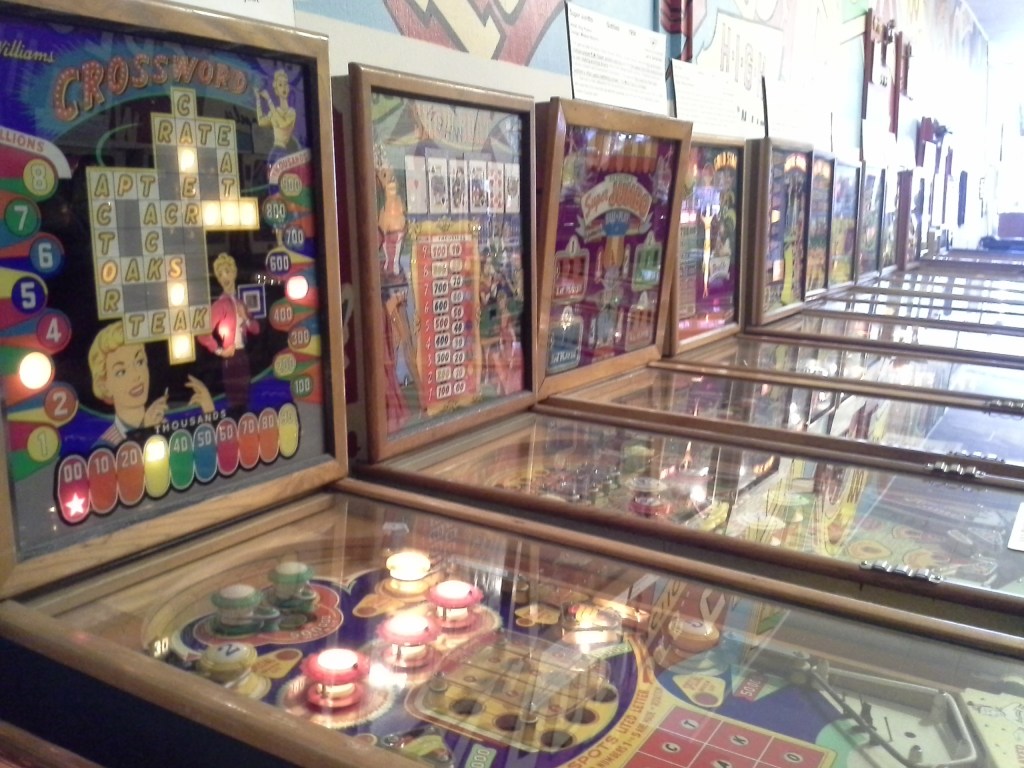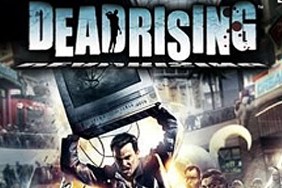An amazing thing about video games as a medium is that they’ve absorbed the traits of other games to build an entirely new industry—cards, puzzles, desktop role-playing adventures, sports, and a hundred other genres and their variations. But one of the few genres that’s been hanging around since the digital conception was of the previous heavyweight of the arcade industry: pinball.
I spent some time in the Pinball Museum in Alameda with a friend recently, and that’s when it struck me that while it’s not as prominent as it once was, when you scan the various years that pinball machines were in regular production, it’s pretty amazing… The first pinball tables as we know them started at the turn of the 20th century (or mid-1800s France, depending on how flexible you are with the definition), and legendary tables were exported around the world.
From the earliest consoles to the current crop, pinball has found a home across almost as many screens as Tetris. It’s so simple, it lends itself not just to the arcades, but to easy-to-pick-up video games as well… all that needs learning is which button controls which flipper. With a setup that simple, it’s not surprising, but its staying power certainly is. From ports of older tables in the Pinball Hall of Fame games, to original tables with Mario wielding a bouncy pinball panel (dammit, I forgot that job!) in the simply-titled NES Pinball, or brand-spankin’-new tables in Zen Pinball, it doesn’t look to be going away anytime soon.
But why is it interesting? It’s just an increasingly complex version of brass balls and gravity (phrasing?!) after all, so why do people still enjoy it? Because it is that simple and touchable, that’s why. The mechanical nature of it feels a bit more controlled that a video game might to someone else, like a mechanically-based slot machine versus a digital representation. It’s harder to “cheat” that way, or manipulate the hard-and-fast laws of gravity and one’s reflexes on the flipper button, or the touch of the plunger.
It’s more than a game, it’s a tactile experience of physics that’s becoming easier and easier to recreate with the advancement of technology… but it’ll never be quite as satisfying as the crack of the ball off the glass from a hard flip, or the thwacking “free game” noise that lets everyone in the vicinity know you’re a force to be reckoned with.
I suppose then the perk of digital pinball, especially the recreation of tables like Whirlwind or Gorgar or Black Knight, is the pure nostalgia of the arcade, and not necessarily for even the tables themselves. I’ve said before that arcades are dead, and largely they are, but not in the memories of those of us old enough to remember long nights and sore legs from standing still in front of their favorite table for hours on end. One of my fondest memories involves playing World Cup ‘94 at the local bowling alley circa 2002, eating heat-lamp cardboard called “pizza” and egging on friends for high scores. Sure, we did it for other games too, but I remember most clearly shooting those goals from the corner kicks to rack up the millions when I could tunnel-vision focus.
And thanks to tables being emulated and recreated for modern consoles both portable and not, that nostalgia is never too far off. And neither is the happy sensation of seeing a kid no older than seven years old, lovingly looking over a 1950s woodgrain table, with his elderly grandfather (possibly great-grandfather) looking over the same table with the same look, at least sixty years separated, both twitching their fingers for their next fix.
Do you enjoy pinball? You’ve heard some of my favorite tables littered throughout, I’d like to hear what games have kept your attention. Or, do you have a table that drove you nuts, but you couldn’t stop? Let us know in comments!







